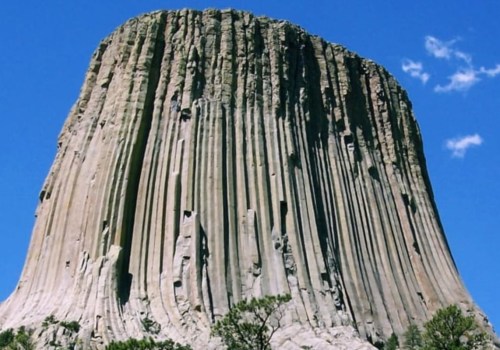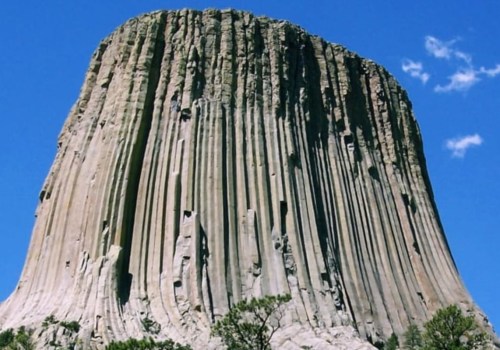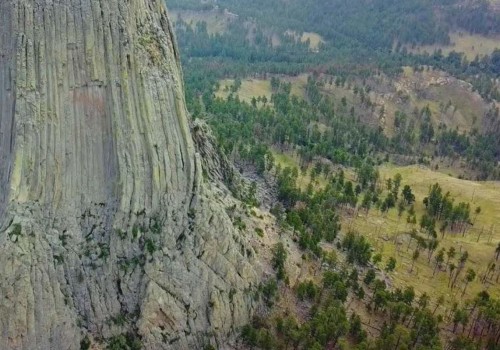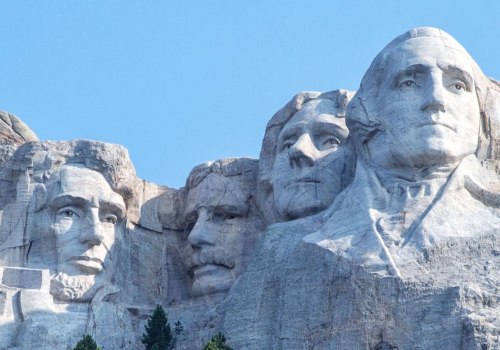Devils Tower, located in northeastern Wyoming, is an impressive geological formation that has long intrigued geologists, Native Americans, and visitors alike. Rising 1267 feet above the plains of the Belle Fourche River, this ancient volcanic plug is composed of a rock called phonolite porphyry, which is like a less shiny granite, since it does not contain quartz. But what is the mystery behind its formation?Geologists agree that the Devils Tower began as magma, or molten rock buried beneath the Earth's surface. However, they cannot agree on the processes by which the magma cooled to form the Tower, or its relationship to the surrounding geology of the area.
Cooling experiments were performed on small samples, only eight inches in length, but they cannot explain why the columns of Devils Tower are so large. It is believed that as volcanic rocks slowly cooled, isolated by sediments, large columns could form. Only later erosion exposed the unusual shape of Devils Tower. Geologists are still puzzled about the details that control the formation and pattern of columns in large bodies of volcanic rocks. In nature, joints can form only if the rock is brittle enough and grows over time from cooling outside to inside, still warm and soft, inside the intrusion.
Column joints develop approximately at right angles to cooling surfaces, which are generally the tops or bottoms of lava flows, the walls of a magma chamber, or a volcanic conduit. In the case of Devils Tower, the columns are tilted toward the base, which suggests that the cooling surface, the walls of the volcanic plug, were tilted outwards. But why the columns become almost vertical in the reconstructed core of Devils Tower intrusion is a bit mysterious. Geologists assume that tectonic forces and chemical composition of volcanic rocks influence the distribution of heat within the intrusion. As joints follow isotherms (lines connecting points of the same temperature), perhaps the modern geometry of Devils Tower reflects yet understudied mechanisms of magma placement in Earth's upper crust. In recent years, native tribes have requested to officially change its name from Devils Tower to Bear Lodge as they find its current nickname offensive. Established as America's first national monument in 1906, Devils Tower continues to captivate visitors with its majestic beauty and mysterious formation.
As rain and snow continue to erode sedimentary rocks surrounding its base, more Devils Tower will be exposed for generations to come.






